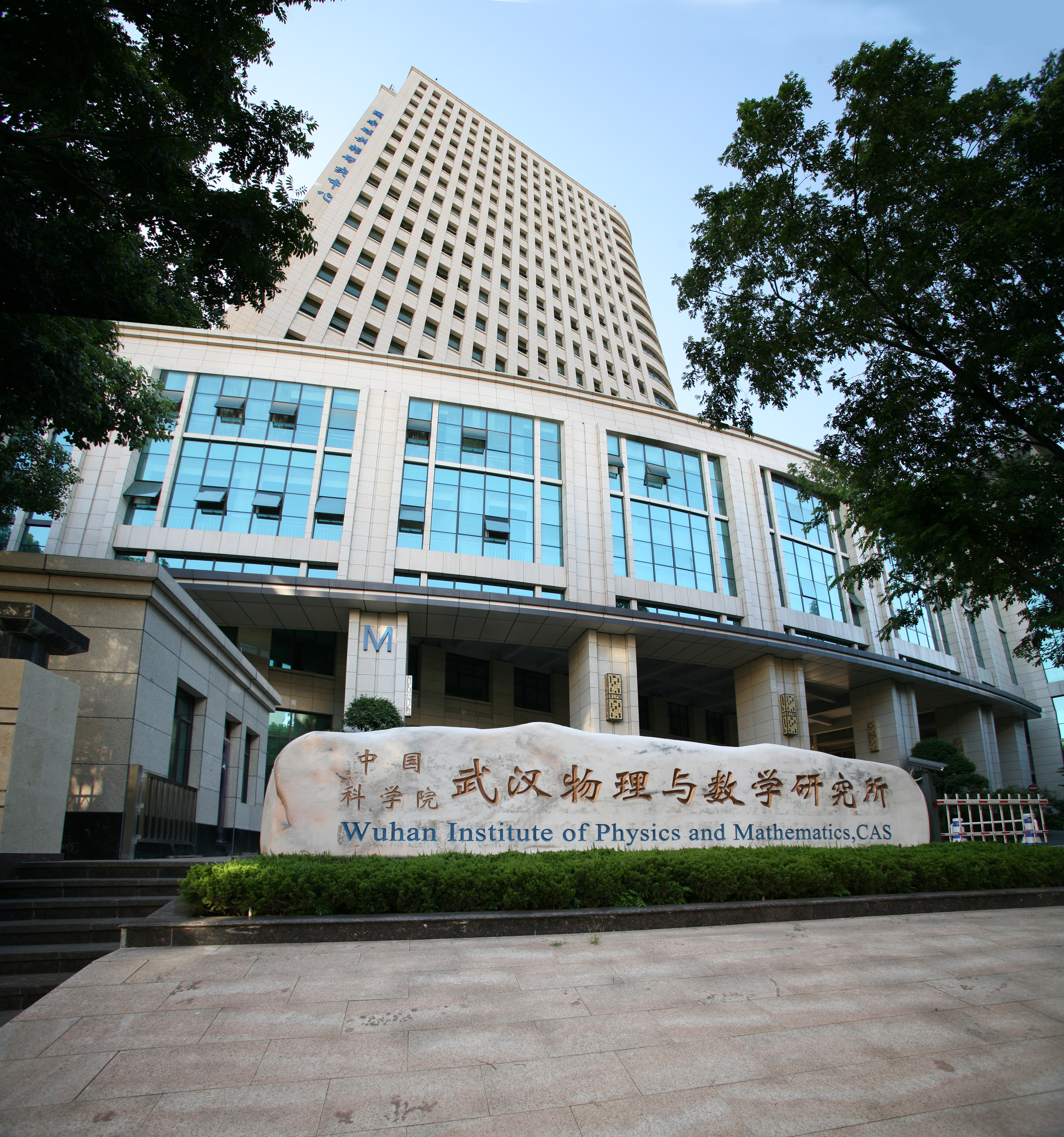1958年,新中国第一个科技发展远景规划启动实施,“向科技进军”大潮乍起,中国科学院武汉物理与数学研究所的前身 — 武汉电子学研究所和武汉数学与计算技术研究所应运成立。为开拓和发展祖国的科学事业,在美国哥伦比亚大学从事诺贝尔物理学奖获奖项目研究的著名物理学家王天眷先生突破阻力辗转回国,与张承修、李国平先生等老一辈科学家共同创建了磁共振波谱学、原子分子物理、原子频标、数学物理等学科。
1996年,武汉物理研究所与武汉数学物理研究所合并组建中国科学院武汉物理与数学研究所。经过20余年稳健发展,研究所现已建成波谱与原子分子物理国家重点实验室、国家大型科学仪器武汉磁共振中心、中国科学院原子频标重点实验室、中国科学院生物磁共振分析重点实验室等多个国家和省部级科研平台。在新的历史机遇期,武汉物数所按照中国科学院“三个面向,四个率先”办院方针,以“出成果、出人才、出思想”为目标,全面推进学科交叉与全链条式发展。

In 1958, the first long-term plan for the development of science and technology of New China was launched and implemented, and the "march to science and Technology" wave began. Wuhan Institute of Electronics and Wuhan Institute of Mathematics and Computing Technology, the predecessor of Wuhan Institute of Physics and Mathematics of Chinese Academy of Sciences, were founded. In order to explore and develop the scientific cause of the motherland, Mr. Wang Tianjuan, a famous physicist who was engaged in the Nobel Prize winning project in physics at Columbia University in the United States, broke through the resistance and returned to China. He co-founded magnetic resonance spectroscopy, atomic and molecular physics, atomic frequency scale, mathematical physics and other disciplines with the older generation of scientists such as Mr. Zhang Chengxiu and Mr. Li Guoping.
1996 Wuhan Institute of Physics and Wuhan Institute of Mathematical Physics merged to form Wuhan Institute of Physics and Mathematics, CAS. After more than 20 years of steady development, the Institute has built a number of national and provincial research platforms, such as the State Key Laboratory of Spectroscopy and Atomic and Molecular Physics, the Wuhan Magnetic Resonance Center for National large-scale scientific Instruments, the Key Laboratory of Atomic Frequency Scale of the Chinese Academy of Sciences, and the Key Laboratory of Biomagnetic Resonance Analysis of the Chinese Academy of Sciences. In the new period of historical opportunities, in accordance with the Chinese Academy of Sciences' guideline of "three directions, four leads", and with the goal of "producing results, talents and ideas", Wuhan Institute of Physics and Technology is comprehensively promoting interdisciplinary and whole-chain development.